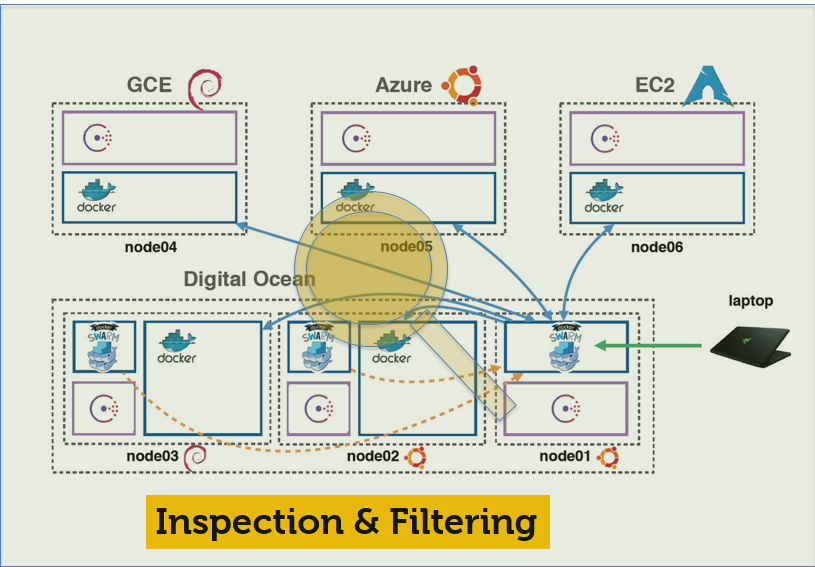

- #DOCKER INSPECT FORMAT INTRODUCTION DRIVER#
- #DOCKER INSPECT FORMAT INTRODUCTION MANUAL#
- #DOCKER INSPECT FORMAT INTRODUCTION SOFTWARE#
Restart the container with a restart policy of on-failure and a maximum restart count of 10. Restart the container with a restart policy of always so that if the container exits, Docker will restart it.
Docker 1.12 introduced the docker run command: restart for this use case. Lets inspect the running container using the docker inspect or more preferably the docker container inspectIf not, then you might want to restart the container based on the exit code of the container’s main process, or always restart (regardless the exit code). If you are using a Docker orchestration engine, like Swarm or Kubernetes, the failed service will be restarted automatically. In some cases, you can fix it by re-running the failed container. When running a process inside a Docker container, a failure may occur due to multiple reasons. # create net-tools container and attach it to mynet overlay networkĭocker run -it -rm -net=mynet net-tools sh # create an attachable overlay networkĭocker network create -driver overlay -attachable mynet
#DOCKER INSPECT FORMAT INTRODUCTION MANUAL#
The attachable option enables manual container attachment. You can use the docker run command for this, eliminating the need to create a completely new debug service.ĭocker 1.13 brings a new option to the docker network create command: attachable. Sometimes you need to attach a new Docker container (filled with different networking tools), to an existing overlay network, in order to inspect the network configuration or debug network issues. When you create a new swarm service, you can attach it to the previously created overlay network. Using Docker Engine running in swarm mode, you can create a multi-host overlay network on a manager node. The target container can be specified by id or name. The new container will attach to the same network interfaces as the other container. Don't do this :) Use Another Container’s Network Stack $ docker run -net=container. taking over the hosts network stackĭocker run -net=host allows reusing the network stack of the host.
#DOCKER INSPECT FORMAT INTRODUCTION DRIVER#
Each command a driver provides a detailed list of. You can just use jq to extract the desired values: # list IP addresses for all containers connected to 'bridge' networkĭocker network inspect bridge -f '' ĭocker tries to detect conflicts and will use a different subnet if needed. Docker uses Go templates to allow users manipulate the output format of certain commands and log drivers. Just pipe docker ps output to less -S so that the table rows are not wrapped:ĭocker logs won't watch the logs by default unless use the -f flag:ĭocker logs -f Pretty Json from docker inspectĭocker inspect spits out a lots of JSON by default.

Most of you are probably familiar with many of this commands, but I hope that you find one or two little nuggets from this post CLI nice docker ps output In this post I'll share with you some cool docker hacks and tips.
#DOCKER INSPECT FORMAT INTRODUCTION SOFTWARE#
It's by far the sparkling unicorn of containerization happening in the world of software development and the amazing tool that simplified the configuration of our projects tenfold. Docker is one of the amazing tools I like the most.


 0 kommentar(er)
0 kommentar(er)
